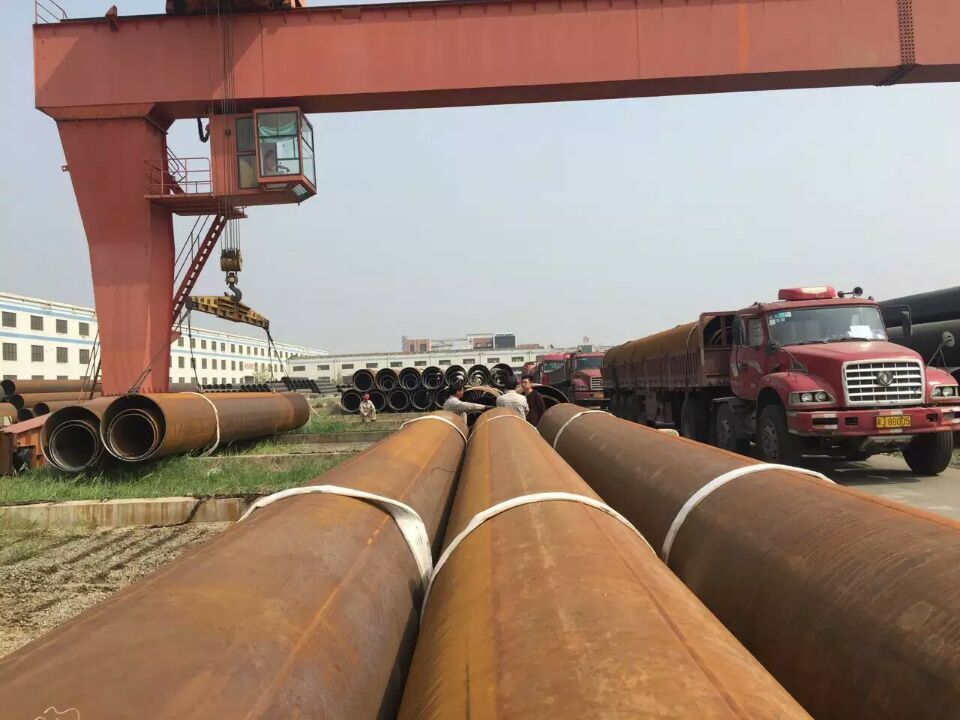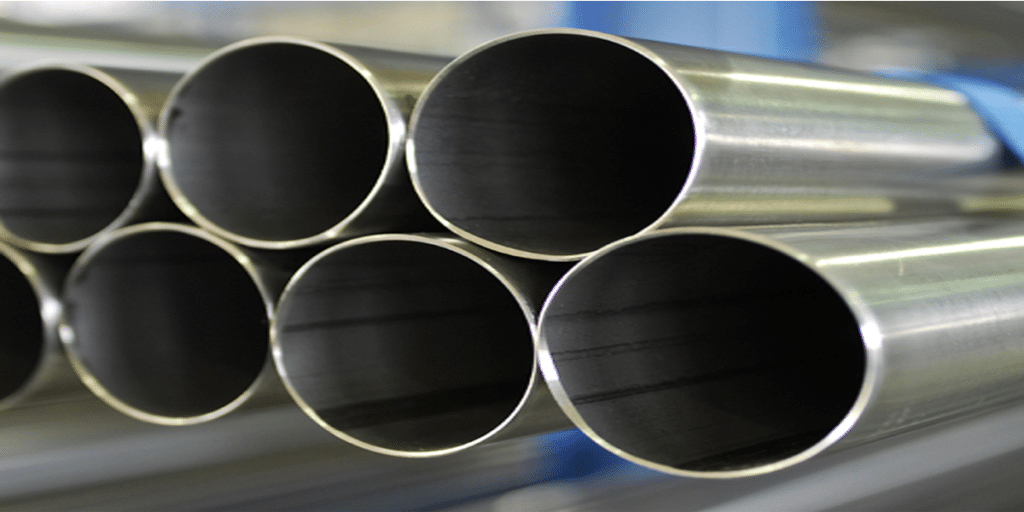EN 10219 S235JRH vs S355J2H: What’s the Difference?
In the EN 10219 standard system for cold-formed welded steel pipes, S235JRH and S355J2H(S235JRH vs S355J2H) are two types of steel widely used in the fields of construction, machinery manufacturing and pipeline engineering. They belong to the same standard framework, but have significant differences in performance and application scenarios. In addition, for low-temperature environments, there are other special steels in EN 10219 and related standards, which together constitute a steel system that meets diverse needs.
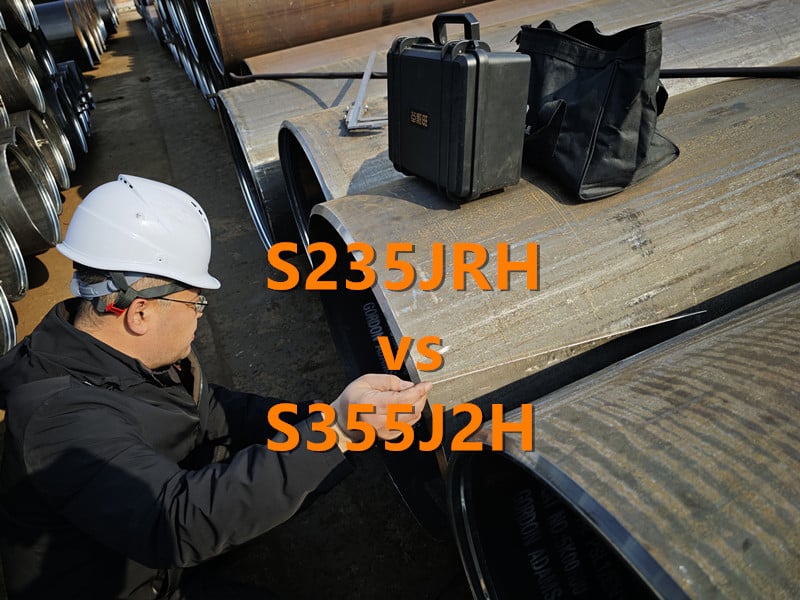
S235JRH vs S355J2H: mechanical properties and applications
| property | S235JRH | S355J2H |
| Yield strength (N/mm²) | ≥235 | ≥355 |
| Tensile strength(N/mm²) | 360–510 | 470–630 |
| Impact toughness | JR (20℃, 27J) | J2 (-20℃, 27J) |
| Applicable environment | For general structure | Low temperature and high stress environment |
| Welding performance | good | Better |
Differences in mechanical properties
Mechanical properties are the core indicators that distinguish these two types of steel. The yield strength of S355J2H can reach up to 355 N/mm², and the tensile strength is 470-630MPa; the yield strength of S235JRH is up to 235 N/mm², and the tensile strength is in the range of 360-510MPa. S355J2H has better load-bearing capacity and higher tensile strength, so it is more suitable for engineering structures that require high strength.
Comparison of impact toughness
The “JR” in “S235JRH” means that the material must achieve an impact energy of at least 27J at +20°C, while the “J2” in “S355J2H” means that the same toughness can be guaranteed at -20°C. Due to this difference, S355J2H is more suitable for applications in low temperature or cold climate conditions.
Welding and processing performance
Both types of steel are non-alloy structural steels with good welding properties. However, S355J2H has higher purity and fine grain structure, and has better processing performance, making it suitable for complex forming or heavy load welding scenarios.
Differences in chemical composition(S235JRH vs S355J2H)
The upper limit of carbon content of S235JRH is 0.20%, and the upper limit of manganese content is 1.40%. The control of impurity elements such as sulfur and phosphorus is relatively loose; the upper limit of carbon content of S355J2H is 0.22%, and the manganese content can reach 1.60%. The restrictions on sulfur (≤0.030%) and phosphorus (≤0.030%) are stricter. The strength and low-temperature toughness are improved through composition optimization.
Recommendation of other steel grades commonly used in low temperature environments
In engineering projects in low temperatures or cold climates (such as Northern Europe, Russia, and Northeast Asia), the impact toughness of steel is a core indicator. The following are some steel grades suitable for low temperature environments in EN 10219 and related standards:
S275J2H
-
- Yield strength 275 N/mm²
- Impact test temperature is -20℃
- Suitable for structures that bear light loads but require low temperatures
S355NL (EN 10025-3)
-
- Fine grain structural steel
- Can be used at -50℃
- Commonly used in extreme low temperature environments such as energy industry and liquefied natural gas projects
S420MH/S460NH (EN 10219)
-
- Higher strength grades, 420 and 460 N/mm²
- Low temperature impact performance
- Suitable for places with high strength and low temperature requirements such as offshore platforms and bridge main structures
Comparison of application scenarios(S235JRH vs S355J2H)
Application examples of S235JRH:
-
- Lightweight steel structure factories in many cities in China
- General scaffolding and simple building structures
- Non-load-bearing decorative components, ventilation system brackets
Application examples of S355J2H:
-
- Wind power tower foundation support structure in northern Europe
- Steel bridge and tunnel support structures in cold regions
- Pipes for liquefied natural gas (LNG) tank structures
Selection Suggestions
When selecting EN 10219 standard steel pipes, it is necessary to comprehensively consider the structural strength, use environment (temperature), cost budget and construction conditions according to the specific requirements of the project: If the project is located in a normal temperature area or the strength requirements are not high, S235JRH is an economical and practical choice; if facing low temperature, high load or high safety level projects, it is recommended to give priority to higher grade steels such as S355J2H or S355NL; for extremely cold environments below -40℃, S420MH or low temperature toughness steels need to be considered.
For example, in a tower support project of a wind farm in northeast China, S355J2H cold-bent steel pipe was finally selected because it needed to withstand the load of wind turbines (high load) and the winter temperature was as low as -25℃; in the construction of a light storage center in Guangdong, S235JRH was more economical because it was a normal temperature environment and the load was small.
Conclusion
The difference between S235JRH and S355J2H is essentially the “grade classification of strength and low-temperature toughness”: the former is an economical and practical light steel at room temperature, and the latter is a high-strength steel for low temperature. The steel grades such as S355J0H, S460NH, and S355NL further refine the low-temperature performance, forming a full-scene coverage from room temperature to extremely cold environments. In actual applications, it is necessary to accurately match the steel grade in combination with engineering loads, ambient temperature, and cost to ensure a balance between structural safety and economy.

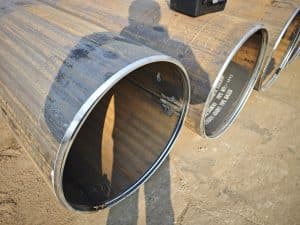
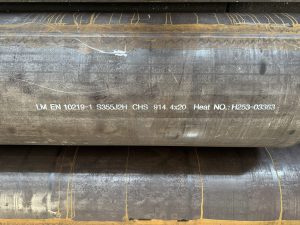
LONGMA produces and stocks a full range of EN10219-1 Cold Finished Structural Hollow Section. We export tens of thousands of tons of such steel pipes every year to EU, UK, Thailand, Singapore, Austrilia, New Zealand, Iran, Peru, Chile. If you want to import high quality EN10219 S235/S355 steel pipes, if you want to know more about S235JRH and S355J2H (S235JRH vs S355J2H), come to LONGMA.
- Grades: S235/S355 JRH/J0H/J2H
- Outer Diameter: 4″-56″
- Thickness: 0.237″-5.90″
- Surface Treatment: Natural, Varnished, Black painting, FBE, 3PE (3LPE), 3PP, FBE, HDG(Hot Dipped Galvanized)

